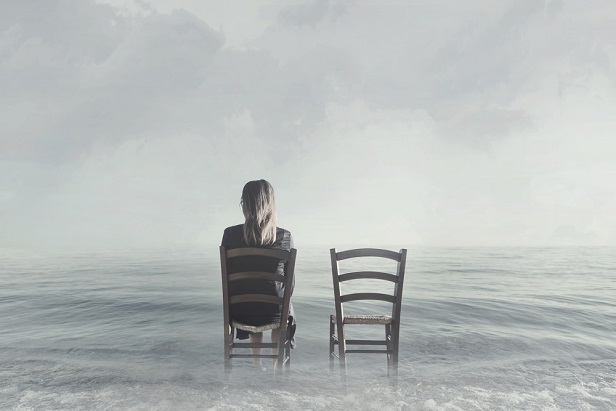Even before the COVID-19 pandemic, many working Americans found it challenging to adequately save for their retirement. But when it comes to looking at retirement income, women face additional challenges to be able to successfully retire than just determining how much they should be saving or the correct investments to make.
So what causes this inequity? The primary reason is the gender pay gap. This pay gap eventually turns into a retirement wealth gap, per a recent study by the National Institute of Retirement Security (NIRS) "Still Shortchanged: An Update on Women's Retirement Preparedness."
The study used data from the 2014 Survey of Income and Program Participation (SIPP), a household-based survey featuring a nationally representative sample interviewed over a multi-year period.
The data shows that there is a significant retirement income disparity between men and women of retirement age. In fact, the study said that women receive about 80% of the retirement income of men the same age receive, a disparity that "mirrors the gender pay gap."
However, the study also found that there are additional factors that contribute to this disparity in retirement income. Caregiving, especially spousal caregiving, has a significant detrimental economic impact on women and their retirement preparedness. This is due to the fact that women are much more likely to be the primary caregiver as they and their spouse age.
In addition, the report shows that divorce also has a greater impact on retirement income for women than it does for men. Per the study, divorce can present a combination of issues relating to and impacting retirement preparedness.
For example, specific situations like the timing of the divorce as well as the division of assets, can have a detrimental impact on a woman's retirement income more than a man in the same situation.
And this disparity is compounded as a woman ages. An 80-year-old woman experiences a much steeper decline in income than a male counterpart the same age. The reasoning is that women age 80 and older are much more likely to outlive their husbands, and "widowhood presents challenges on both the income and cost side of retirement."
READ MORE:
© Touchpoint Markets, All Rights Reserved. Request academic re-use from www.copyright.com. All other uses, submit a request to [email protected]. For more inforrmation visit Asset & Logo Licensing.







